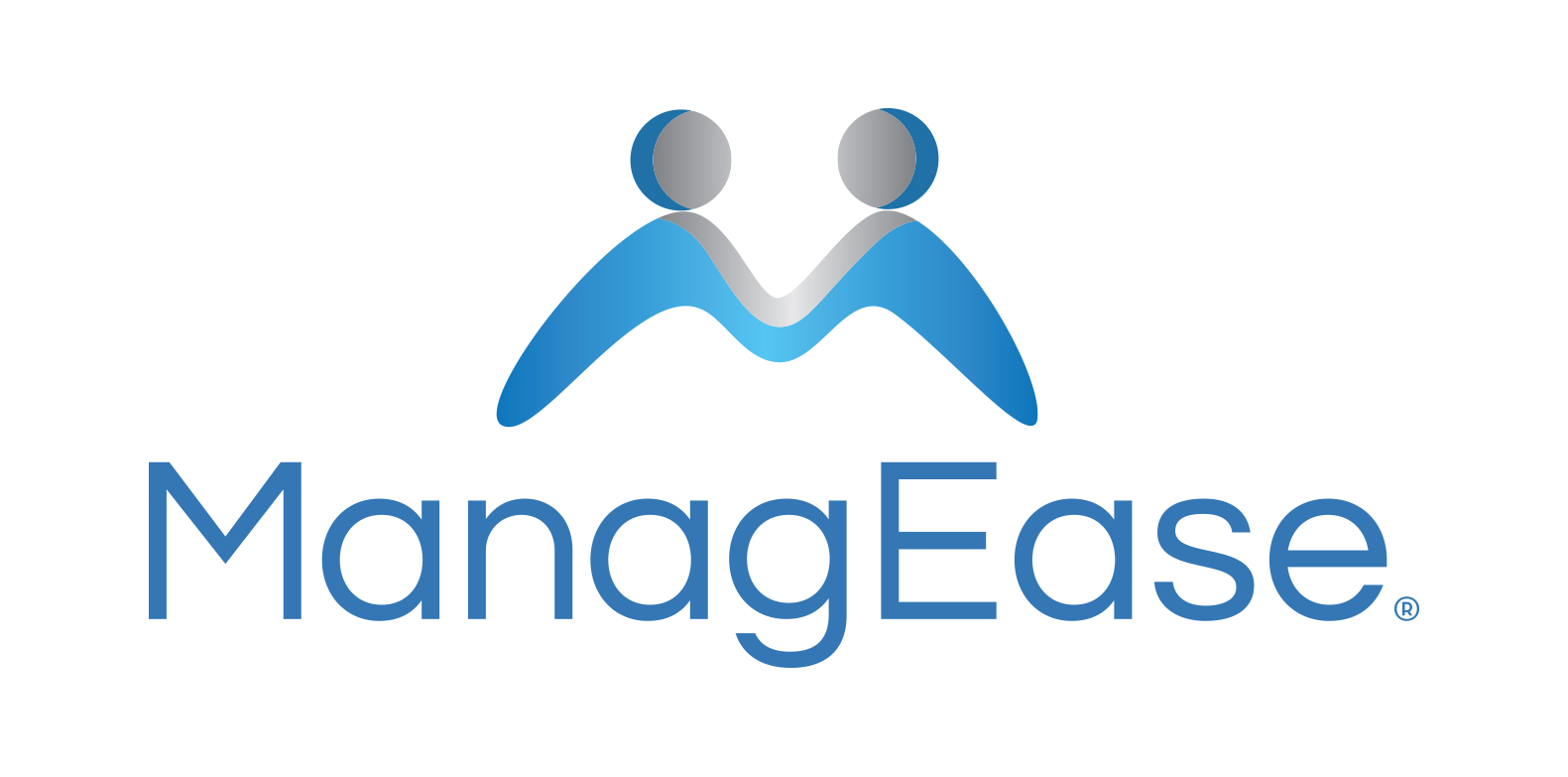OSHA Update Reflecting CDC COVID-19 Guidance
|
APPLIES TO All Employers |
EFFECTIVE August 13, 2021 |
QUESTIONS? Contact HR On-Call |
The Occupational Safety and Health Administration (OSHA) recently updated its COVID-19 guidance to mirror those put forth by the U.S. Centers for Disease Control (CDC). It also reorganized Appendix recommendations for certain manufacturing, food, and agricultural processing industries. Generally, the guidance puts forth 11 steps of multi-layered interventions to protect unvaccinated and otherwise at-risk workers and mitigate the spread of COVID-19. The steps are summarized as follows.
- Facilitate employees getting vaccinated. Employers are encouraged to provide employees with paid time off to get vaccinated and recover from any side effects. Employers should also consider adopting policies that require workers to get vaccinated or to undergo regular COVID-19 testing. Consistent with the Path Out of the Pandemic Action Plan (Action Plan), OSHA is expected to make this strategy mandatory for certain employers.
- Workplace exclusion. Unvaccinated employees who have had close contact with someone who has tested positive for COVID-19 and any workers who have COVID-19 symptoms should stay home from work, consistent with the CDC’s exclusion guidelines.
- Implement physical distancing for unvaccinated and at-risk employees. Employers should have unvaccinated and at-risk employees maintain at least six feet distance where possible; if not, they may want to consider limiting the number of unvaccinated or otherwise at-risk workers in one place at any given time or using transparent shields or other solid barriers to prevent direct transmission of respiratory droplets.
- Provide workers with face coverings or surgical masks. OSHA recommends that employers provide face coverings to workers at no cost. It also referenced CDC recommendations for both unvaccinated and fully vaccinated people to wear masks in public indoor settings in areas of substantial or high transmission.
- Educate and train workers on COVID-19 policies and procedures. Employers are recommended to train managers on how to implement COVID-19 policies and frequently communicate supportive workplace policies to all workers clearly in languages they understand and via multiple accessible methods to promote a safe and healthy workplace.
- Suggest or require all guests wear face coverings in public, indoor settings. In areas of substantial or high transmission levels, OSHA recommends that businesses require all people to wear face coverings indoors, even if no longer required by their local jurisdiction.
- Maintain ventilation systems. Some measures to improve ventilation are discussed in CDC’s Ventilation in Buildings and in the OSHA Alert: COVID-19 Guidance on Ventilation in the Workplace.
- Routine cleaning and disinfection. If someone who has been in the facility within 24 hours is suspected of having or confirmed to have COVID-19, follow the CDC cleaning and disinfection recommendations.
- Record and Report COVID-19 infections and deaths. Under mandatory OSHA rules in 29 CFR part 1904, employers are required to record work-related cases of COVID-19 illness on OSHA’s Form 300 logs if the following requirements are met: (1) the case is a confirmed case of COVID-19; (2) the case is work-related; and (3) the case involves one or more relevant recording criteria. So as to avoid discouraging workers from receiving the COVID-19 vaccine, OSHA will not enforce 29 CFR part 1904’s recording requirements to require any employers to record worker side effects from COVID-19 vaccination at least through May 2022.
- Implement protections from retaliation. Employers should provide employees with a reporting process regarding questions or concerns about workplace safety, including using a hotline for anonymous reporting. Employers are prohibited from retaliating against workers for raising workplace safety and health concerns or engaging in other protected occupational safety and health activities.
- Follow other mandatory OSHA standards. Employers should continue to follow other OSHA requirements, such as those for PPE, respiratory protection, sanitation, protection from bloodborne pathogens, and employee access to medical and exposure records.
Action Items
- Review OSHA’s guidance here.
- Review internal safety procedures for consistency with updated rules.
- Subscribers can call our HR On-Call Hotline at (888) 378-2456 for further assistance.
Disclaimer: This document is designed to provide general information and guidance concerning employment-related issues. It is presented with the understanding that ManagEase is not engaged in rendering any legal opinions. If a legal opinion is needed, please contact the services of your own legal adviser.
© 2021 ManagEase
